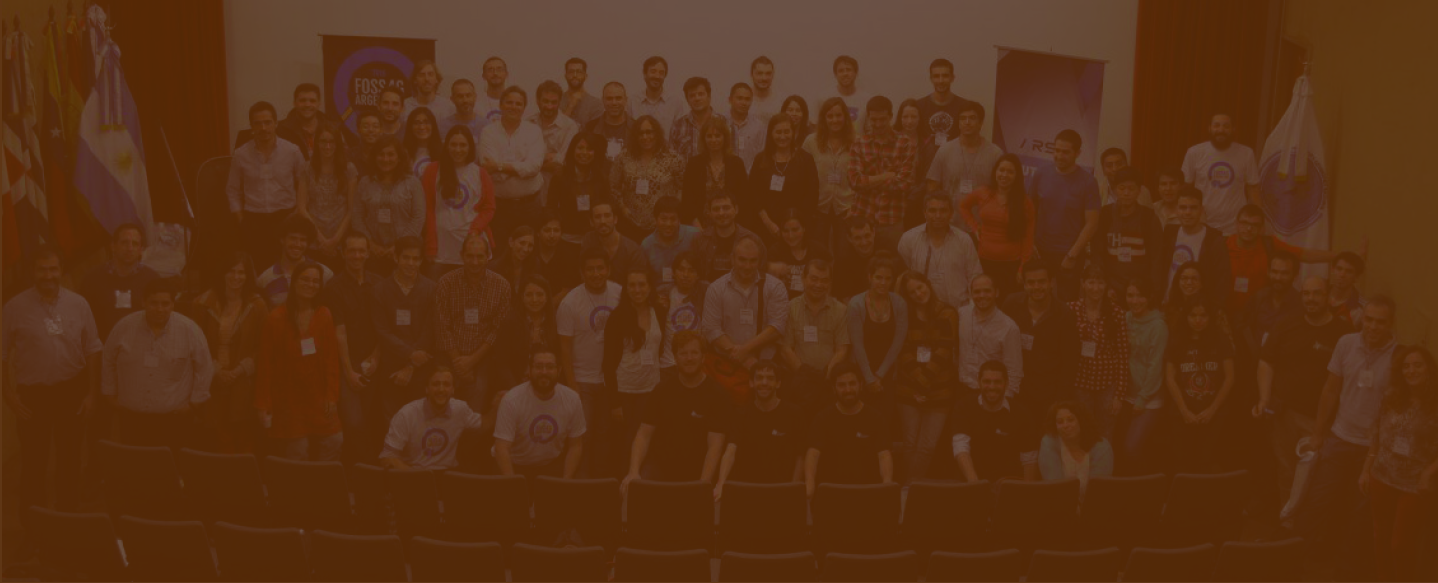2021-09-28, 09:00–13:00, Chavela Vargas
The free and open-source GIS application QGIS offers a wide range of visualisation and export options. By the use of plugins one can extent these capabilities in many ways. In this workshop you will learn how trajectories, like movement recordings of humans, animals or machinery, can be turned into interactive 3D visualisations and presented online with QGIS.
The free plugin qgis2threejs provides most of these possibilities with a focus on web export, and will be the main driver of this workshop. Optionally, if the participants wish to, we will take a brief look at the pros and cons of QGIS' native 3D view as well.
Example data will be provided. You are invited to bring your own tracks (GPX or in any other standard format that QGIS can read) to the workshop! We will download additional data for elevation, a basemap and contextual features during the workshop from open data sources.
Don't forget to register before we run out of tickets!
The free and open-source GIS application QGIS offers a wide range of visualisation and export options. By the use of plugins one can extent these capabilities in many ways. In this workshop you will learn how trajectories, like movement recordings of humans, animals or machinery, can be turned into interactive 3D visualisations and presented online with QGIS.
The free plugin qgis2threejs provides most of these possibilities with a focus on web export, and will be the main driver of this workshop. Optionally, if the participants wish to, we will take a brief look at the pros and cons of QGIS' native 3D view as well.
Example data will be provided. You are invited to bring your own tracks (GPX or in any other standard format that QGIS can read) to the workshop! If in doubt, feel welcome to contact me beforehand. We will download additional data for elevation, a basemap and contextual features during the workshop from open data sources.
Planned contents of the workshop are (in no strict order):
- Quick demo of what the end result might look like and what functionality to expect
- Gathering and setting up the main data sources (it will be most fun if you bring your own track(s) to visualise!)
- Adding reference data (basemap, elevation data, selected elements from OSM, ...)
- Setting up qgis2threejs
- Going through the options and discussing a suitable setup for the final product
- Weighing up between resolution (texture and terrain) versus data size and performance
- Visualisation options for geo features
- Labeling options
- Decorations
- Customisation of the export outside the plugin
- Exporting to a interactive 3D web map and hosting it online
Other topics are optional and can be discussed if the participants are interested:
- Guided exploration of QGIS' built-in 3D viewer and its visualisation & export options
- Adding geotagged photos to the map and 3D visualisation
- Using custom 3D models
- Preparing the result for 3D printing
- Point clouds
- Batch exporting scenes with PyQGIS
- Making a video
- Making a mobile webpage (with AR)
Kröger, Johannes (WhereGroup GmbH, Germany)
Level –2 - Basic. General basic knowledge is required.
Requirements for the Attendees –Basic knowledge in QGIS is needed, for example you should know how to load and style layers and how to handle CRS'.
A working installation of QGIS 3.16+ is needed.
The workshop will work on the latest OSGeoLive (at the time of the conference this will be version 14 with QGIS 3.16
FOSS GIS and cartography/dataviz enthusiast, tinkerer, (Q)GIS developer and consultant at WhereGroup with a history in OSM editing, geodesy, geoinformatics, cartography, research and teaching, data analysis and consulting.

